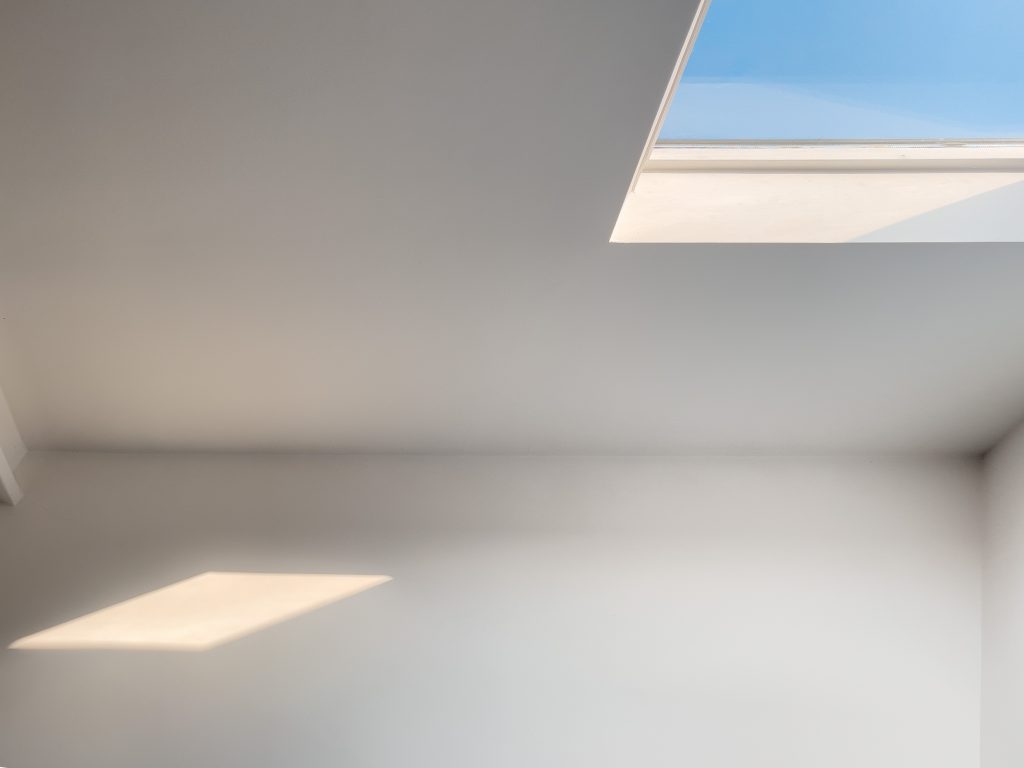Understanding Mould on Ceilings in Melbourne Homes
Mould growth on ceilings can be a persistent and unsightly issue for many Australian homeowners. Beyond its appearance, mould might cause secondary damage to porous materials, building structures and personal items and usually indicates underlying moisture issues. In this guide, we delve into the reasons behind mould on ceilings and effective strategies to combat this common household woe.
The Hidden Culprits: Uncovering the Causes of Ceiling Mould
Mould growth is often a symptom of excess moisture and poor ventilation. In the Australian climate, specific factors contribute to the prevalence of mould on ceilings. These may include:
- High Humidity Levels: The humid conditions in many regions of Melbourne might provide an ideal breeding ground for mould. Poorly ventilated areas, especially bathrooms and kitchens, are particularly susceptible to moisture buildup in ceiling areas
- Roof Leaks: Melbourne’s sometimes unpredictable weather can lead to roof leaks, allowing water to seep into the home. Persistent leaks, whether due to damaged tiles or poor roof maintenance, create an environment conducive to mould growth.
- Inadequate Ventilation: Insufficient airflow within a home prevents moisture from escaping, promoting dampness and mould formation. Identifying and improving ventilation in key areas can help prevent the recurrence of mould.
Combatting Mould: Practical Solutions for Melbourne Homes
Tackling mould requires a combination of preventive measures and targeted cleaning strategies. Consider the following steps to keep your ceilings mould-free:

- Improve Ventilation: Enhance airflow by using exhaust fans in bathrooms and kitchens. Additionally, ensure that your home is adequately ventilated, especially in areas prone to dampness.
- Address Roof Issues Promptly: Regular roof inspections and timely repairs are crucial in preventing leaks. Promptly fixing any damage to the roof will go a long way in mitigating the risk of mould growth.
- Use Mould-Resistant Paints: Opt for mould-resistant paints in areas prone to dampness. These paints contain antimicrobial agents that discourage mould growth, providing an added layer of protection.
- Investigate Plumbing: Leaky pipes or plumbing issues can contribute to excess moisture. Regularly inspect and address plumbing concerns to prevent water seepage.
Understanding the causes of mould on ceilings is the first step in effectively combating this issue. By addressing the root causes, improving ventilation and implementing preventative measures, Melbourne homeowners can create an optimal indoor environment and bid farewell to the persistent problem of ceiling mould.

